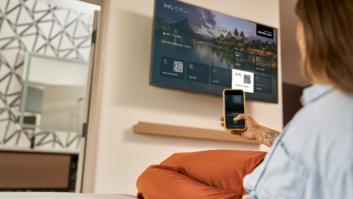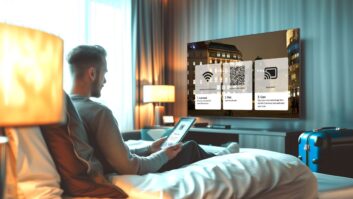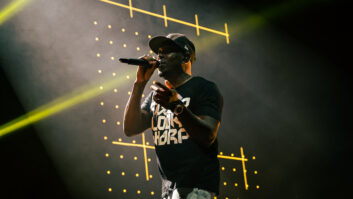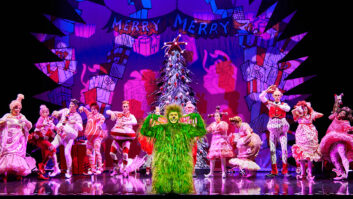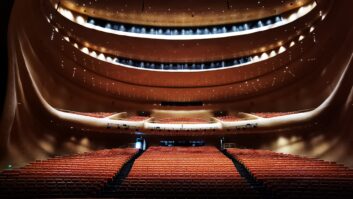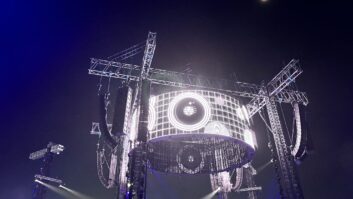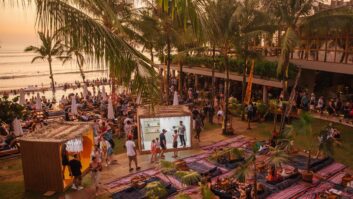
Karl Christmas, global communications and installation business development manager at Yamaha, reveals the challenges with installed sound solutions in hospitality environments that are typically geared towards aesthetics rather than acoustics.
From an installed sound perspective, what are some of the trickiest aspects of hospitality installs?
The internal architecture of the hospitality industry is designed for optimum aesthetics, not optimum acoustics. This is a challenge in itself for audio installers, compounded by the need to make a sound system as visually unobtrusive as possible, so it doesn’t detract from the décor.
Another challenge is pre-empting the long-term uses of the system, any potential future expansion of the system, processing, inputs/outputs, etc and the control needs of the staff, in terms of what controls are needed and whether they are fixed, wireless or both.
Protecting the system from ‘over-enthusiastic’ use – whether by staff or patrons, intentionally or accidentally – is also a key aspect that has to be got right.
With the level of competition in this market, is the relationship and level of understanding between the manufacturer and the end-user becoming increasingly important?
For the larger chains and franchises a direct relationship is always preferred, if only to be able to guarantee support and future-proofing.
With branches and subsidiaries across the world, Yamaha’s global infrastructure is particularly important where hospitality companies are opening businesses in different parts of the globe and can be, rightly or wrongly, nervous or untrusting of local suppliers. Yamaha’s infrastructure guarantees a uniform quality of service and support worldwide.

On hospitality installs, has the balance shifted more to providing whole solutions over single elements?
Certainly. As networking technology has come of age, it means that whole buildings – from the lobby to the bar, restaurant, banqueting hall, business facilities, corridors and the rooms themselves can be centrally, locally or even remotely controlled… or any combination of control. It gives hotel owners and staff much greater flexibility and choice. Yamaha even goes to the extent of including it’s top of the range Disklavier Enspire player pianos and MusicCast AV systems into its networked control solutions.
Are sectors like retail and corporate good bellwethers for what AV technology the hospitality sector will look to implement?
The current growth market in a particular region is usually what leads the way in AV solutions for other sectors. For example, in the Middle East at the moment hotels may be leading the way, but in Singapore it may be retail. The equipment being used in AV solutions for these different markets is broadly the same, the key aspect is that they are all looking to create a high quality customer experience and sense of ‘theatre’ in very competitive markets.
How challenging is it to provide a high standard of sound in hospitality environments that typically don’t have good acoustics?
Bad acoustics in any environment are always a challenge, but a good system designer will overcome them by their choice of equipment, system tuning, control and, where possible, acoustic treatment. In new-build venues, of course, acoustics can be taken into account at the architect stage.
What is equally challenging is setting the audio system up so that it cannot be made to sound ‘bad’ by non-technical users. For example, the implementation of good auto mixers and feedback suppressors to keep speech under control and mitigate the effects of bad microphone technique in conference rooms and banqueting halls.
One has to remember that, apart from at a very basic level (such as wanting ‘a background music system’), the customer is often unaware of the possibilities. The system designer needs to put themselves in the shoes of the people who will be using and operating the system, imagining every conceivable way that the system will be used in the future, pre-empting every potential problem area (such as feedback and misuse of controls) and making contingency plans to prevent them from happening.
Pictures: Martin Gustafsson
